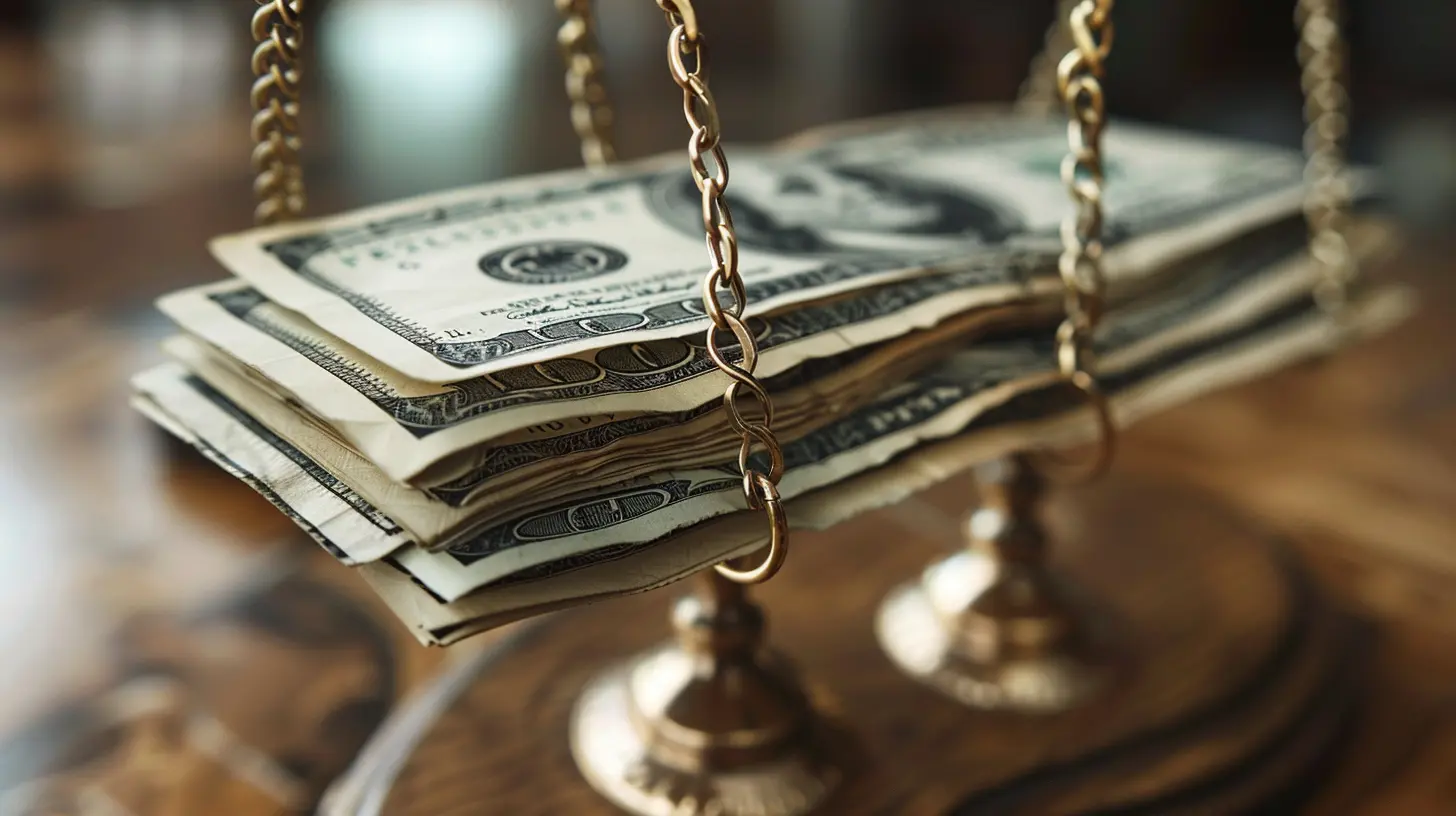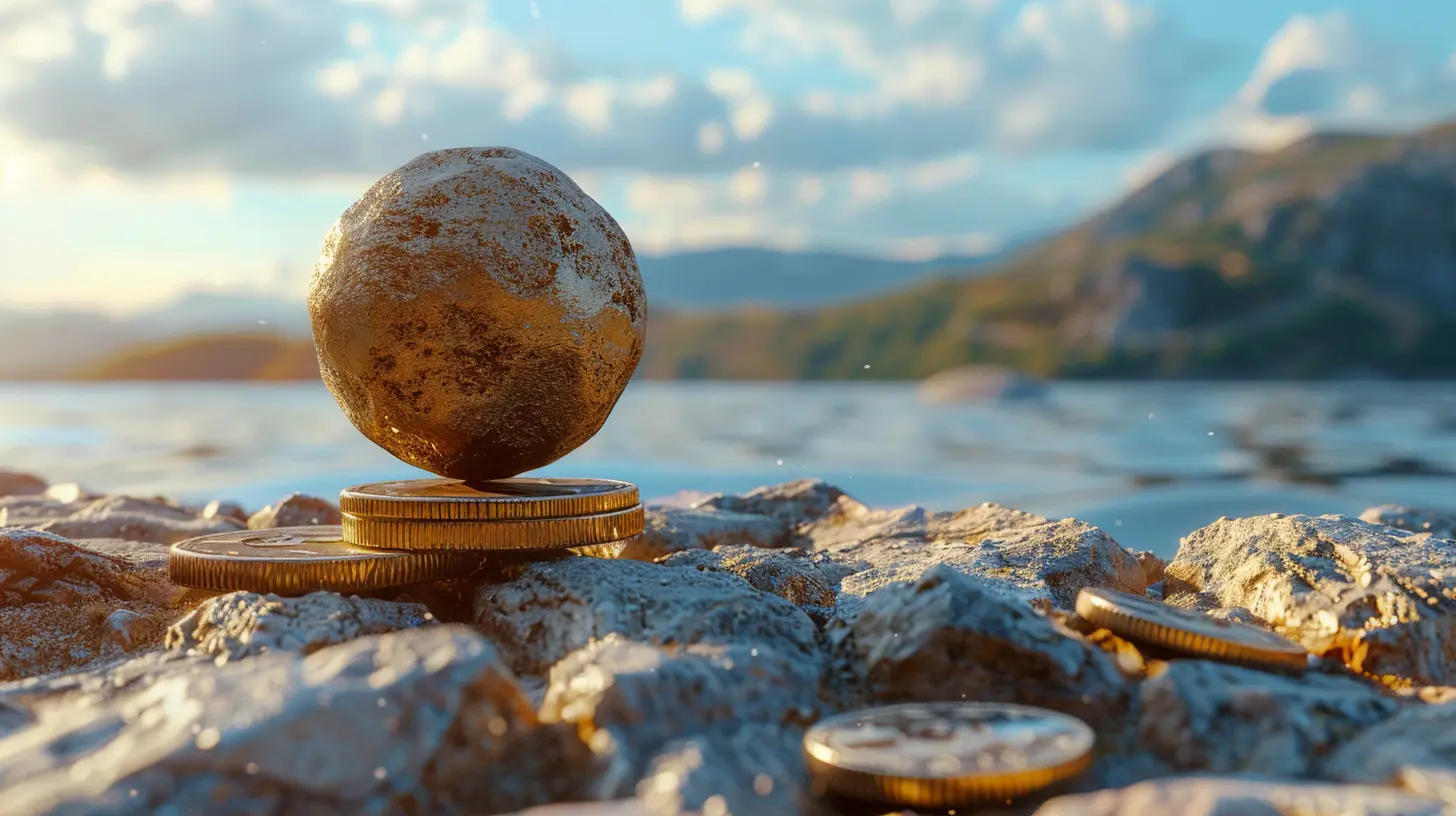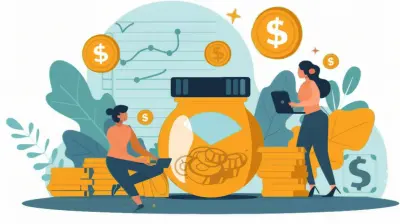The Relationship Between Inflation and Interest Rates Explained
7 August 2025
Inflation and interest rates—two financial concepts that impact your everyday life more than you might realize. Whether you're saving for a house, applying for a loan, or just watching the price of groceries climb, these two factors determine how much your money is worth and how easy (or hard) it is to borrow.
But how do they interact? And why does it sometimes feel like the economy is playing a never-ending game of tug-of-war with prices and rates? Let’s break it all down in a way that actually makes sense. 
What Is Inflation?
Let’s start with the basics. Inflation is the rate at which prices for goods and services rise over time. Put simply, it means your money gradually loses purchasing power. That $5 coffee? In a few years, it might cost $6, $7, or even more.A little inflation is normal—even healthy. Most economists agree that a steady, low rate of inflation (around 2% per year) keeps the economy growing. But if inflation gets out of control, everything becomes more expensive too quickly, making it harder for people to afford everyday essentials.
What Causes Inflation?
Inflation can be driven by a few different factors, and knowing them helps us understand why prices rise:- Demand-Pull Inflation – When people and businesses spend more money, demand for goods and services increases. If supply can't keep up, prices go up.
- Cost-Push Inflation – When production costs (like wages or raw materials) rise, businesses pass those costs onto consumers in the form of higher prices.
- Monetary Inflation – When too much money is circulating in the economy, it decreases the value of each dollar, leading to higher prices.
Now that we've got inflation covered, let’s talk about its equally important counterpart—interest rates. 
What Are Interest Rates?
Interest rates are the cost of borrowing money. When you take out a loan, the lender charges you interest as a fee for lending that money. On the flip side, when you deposit money in a savings account, banks pay you interest as an incentive to keep your money with them.There’s a key player in all of this—the central bank (in the U.S., that’s the Federal Reserve). They set benchmark interest rates, which influence lending rates at banks, credit cards, and mortgages.
Small changes in interest rates can ripple across the entire economy, affecting everything from home prices to employment rates. 
The Connection Between Inflation and Interest Rates
Alright, here’s where things get interesting. Inflation and interest rates have a complicated but closely linked relationship. Think of them like two sides of a seesaw—when one goes up, the other usually comes down.When Inflation Rises, Interest Rates Usually Follow
If inflation is climbing too fast, central banks step in and raise interest rates to slow things down. Why? Because higher interest rates make borrowing more expensive. When loans and credit cards cost more, people and businesses spend less. This reduced demand helps cool down inflation.When Inflation Falls, Interest Rates Tend to Drop
On the flip side, if inflation is too low (or if the economy is struggling), central banks might lower interest rates. This makes borrowing cheaper, encouraging businesses and consumers to spend more, which can stimulate economic growth.Let’s put it in real terms:
- Imagine inflation is skyrocketing—prices are climbing too fast, and people are struggling to keep up. The central bank responds by hiking interest rates. Borrowing becomes more expensive, businesses pull back, and spending slows down. Eventually, inflation eases.
- Now imagine the economy is sluggish—businesses aren’t investing, and people aren’t spending. To spark activity, the central bank lowers interest rates. Loans become cheaper, businesses expand, people borrow more, and money starts flowing, giving the economy a boost.
It’s all about balance. The trick is finding that sweet spot where inflation isn’t too high or too low, and interest rates support steady economic growth without overheating the market. 
How Do Interest Rate Changes Affect Everyday People?
You might be wondering—why should you care about what the central bank is doing with inflation and interest rates? Well, these decisions directly affect your financial life.Borrowing Costs Go Up or Down
If interest rates rise, expect higher mortgage rates, credit card APRs, and auto loan costs. That dream home? It might suddenly be out of budget. On the flip side, if interest rates drop, borrowing becomes cheaper, making it easier to afford big-ticket purchases.Savings Accounts and Investments Feel the Impact
Higher interest rates mean better returns on savings accounts and bonds—great news if you’re a saver. But if rates are low, your savings won’t grow as much, forcing you to explore other investment options like stocks or real estate.Stock Market Reactions
Stock markets tend to react quickly to interest rate decisions. Higher interest rates can slow down economic growth, making stocks less attractive. But when rates are low, cheap borrowing fuels business expansion and stock prices often rise.The Cost of Everyday Goods and Services
Since inflation and interest rates are connected, fluctuations in either can make groceries, gas, and other essentials more or less expensive over time.Bottom line? Whether you’re borrowing, saving, or investing, interest rate and inflation trends shape your financial decisions in more ways than you might realize.
How Governments and Central Banks Respond
Since inflation and interest rates play a major role in economic stability, governments and central banks have tools to keep things in check.Monetary Policy and Inflation Control
Central banks use monetary policy to regulate inflation:- Raising interest rates to curb inflation
- Lowering interest rates to stimulate growth
- Adjusting money supply through open market operations
Fiscal Policy’s Role
Governments can also influence inflation through fiscal policy—adjusting taxes and government spending to either pump money into the economy or slow it down.For example, higher taxes can reduce disposable income, lowering demand and cooling inflation. Meanwhile, increased government spending can stimulate economic growth but may also risk pushing inflation higher.
Can Inflation and Interest Rates Rise Together?
While they typically move in opposite directions, there are times when both inflation and interest rates rise together. This can happen when:- The economy is overheating, with strong demand pushing inflation up while central banks raise rates to slow it down.
- There’s an external supply shock, like an oil crisis, driving up prices while central banks hike rates to maintain stability.
Such situations can be tricky, as high interest rates and rising prices can squeeze consumers and businesses at the same time.
Final Thoughts
Inflation and interest rates are two of the most important forces driving the economy. While they usually work against each other—like a thermostat regulating economic temperature—finding balance is key to stable growth.For everyday people, understanding this relationship helps you make smarter financial decisions—whether you’re taking out a loan, watching your investments, or planning big purchases.
So next time you hear the Federal Reserve is raising or cutting interest rates, you’ll know exactly why it matters and how it might impact your wallet.
all images in this post were generated using AI tools
Category:
Interest RatesAuthor:

Yasmin McGee
Discussion
rate this article
1 comments
Fenris Snow
Interesting connection! Curious how these dynamics will evolve in today’s economy.
September 1, 2025 at 1:01 PM

Yasmin McGee
Thank you! It will be fascinating to see how these factors interact as economic conditions change.


